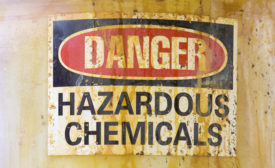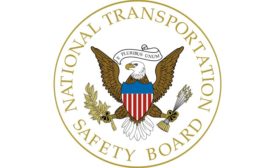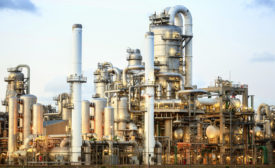Oil and Gas Industry Safety & Health
How a fatal apartment building explosion could have been prevented
"This tragic event could have been avoided if the necessary checks were done"
April 24, 2019
Never miss the latest news and trends driving the safety industry
eNewsletter | Website | eMagazine
JOIN TODAYCopyright ©2024. All Rights Reserved BNP Media.
Design, CMS, Hosting & Web Development :: ePublishing









